Stefan Knapp
Co-PI (Core Leadership)
Goethe-Universität
Prof Stefan Knapp studied Chemistry at the University of Marburg (Germany) and at the University of Illinois (USA). He did his PhD in protein crystallography at the Karolinska Institute in Stockholm. In 1999, he joined the Pharmacia and left the company in 2004 to set up a research group at the Structural Genomics Consortium at Oxford University. From 2008 to 2015 he was a Professor of Structural Biology at Oxford University (UK) and from 2012 to 2015 the director for Chemical Biology at the Target Discovery Institute at Oxford University. He joined Frankfurt University in 2015 as a Professor of Pharmaceutical Chemistry. Since 2017 he is also the CSO of the SGC (Structure Genomics Consortium) node at the Goethe-University Frankfurt.





